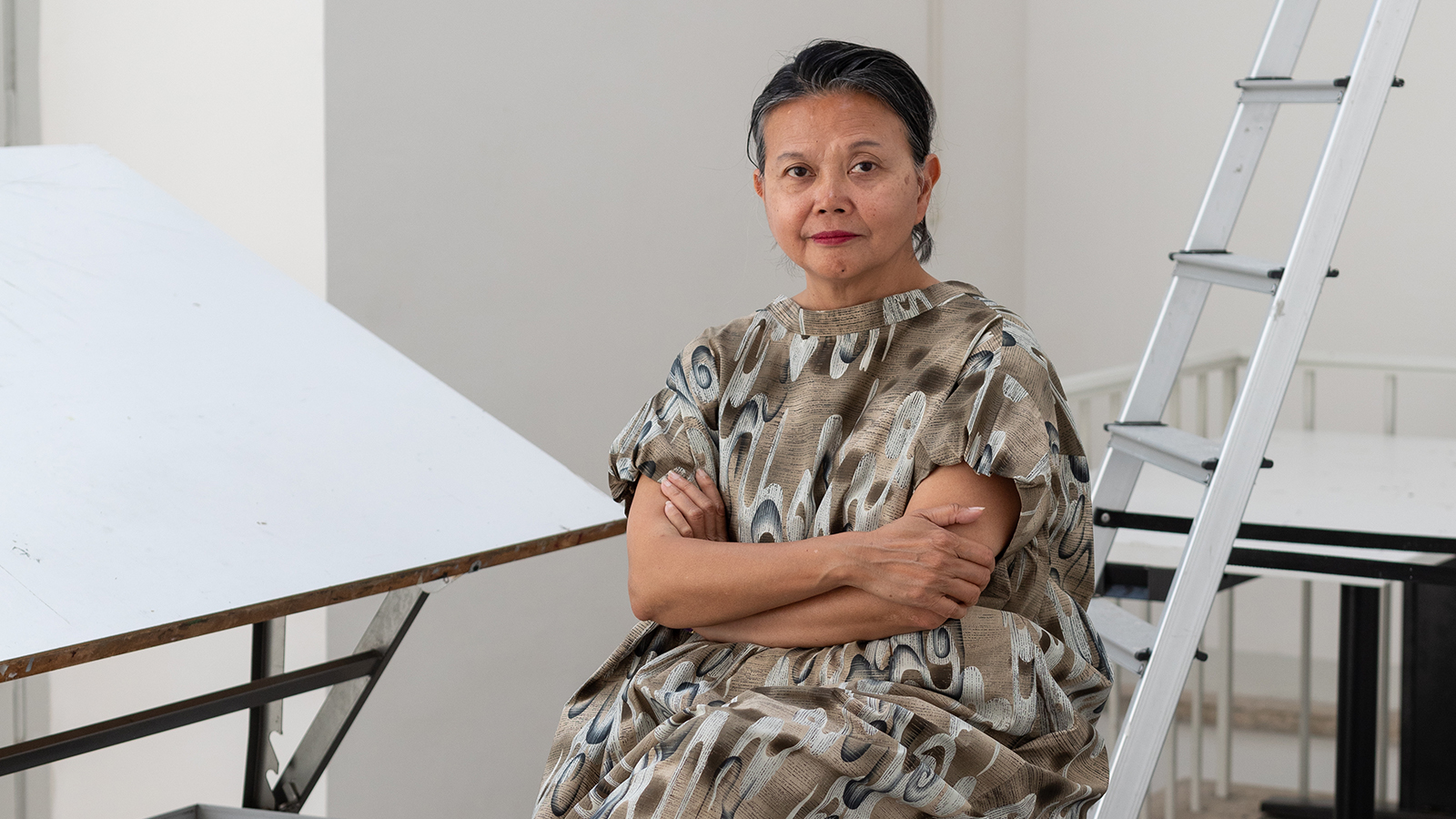
The Treatment of Paz, romanzo
Scroll down for English.
La cornice del mio romanzo è costituita dal radicalismo dell’Europa fin de siècle collegato al nazionalismo nelle Filippine, le prime ricerche di Freud sull’isteria, l’arte europea e il Grand Tour, e la storia moderna della forza lavoro filippina a livello globale; tutto filtrato attraverso la vita delle donne. Educato a Roma, luogo chiave del romanzo, il noto pittore filippino Juan Luna va in luna di miele in Italia con la moglie Paz nel 1886. La uccide a Parigi nel 1892. Il loro matrimonio si incrina quando la figlioletta Bibi muore. Paz si ammala, la sua cameriera, voce narrante del romanzo, vede donne essere ipnotizzate in pubblico alla Salpétrière ed è testimone del trattamento a cui viene sottoposta Paz come uno dei primi soggetti di Freud. Il romanzo esamina il radicalismo, le origini della psicoanalisi, l’arte e il Grand Tour, l’essere donna negli anni ’80 dell’Ottocento. Lo sguardo della cameriera introduce anche la voce della moderna forza lavoro filippina ormai globale – i creatori del nostro mondo – i lavoratori filippini a Roma, Parigi e ovunque – che vedono il mondo chiaramente, nonostante, a noi, le loro vite passino inosservate.
Biografia
Gina Apostol è autrice di cinque romanzi e vincitrice del PEN/Open Book Award, del Rome Prize e di due Philippine National Books Awards. Tra le borse di studio ricevute, figurano Civitella Ranieri e la Emily Harvey Foundation. I suoi saggi e novelle sono apparsi, tra gli altri, in l’New York Times, Los Angeles Review of Books, Foreign Policy, Gettysburg Review, and Massachusetts Review. Vive tra New York e l’ovest del Massachusetts ed è cresciuta a Tacloban, nella provincia di Leyte nelle Filippine.
The Treatment of Paz, a novel
My novel’s frames are radicalism in fin de siècle Europe linked to Filipino nationalism, Freud’s early research on hysteria, European art and the Grand Tour, and the modern history of Filipino global labor—all filtered through women’s lives. Educated in Rome, a key locus of the novel, the great Filipino painter Juan Luna, honeymoons in Italy with his wife Paz in 1886. He kills her in Paris in 1892: their marriage cracks when their baby daughter Bibi dies. Paz becomes ill, and Paz’s servant, the novel’s narrator, observes women publicly hypnotized at the Salpétrière and witnesses Paz’s treatment as a nascent Freudian subject. The novel examines radicalism, the origins of psychoanalysis, art and the Grand Tour, and womanhood in the 1880s. The servant’s eye also brings in the voice of modern Filipino labor that now spans the globe—our world’s creators—Filipino workers in Rome, Paris, everywhere—who see the world clearly though we are blind to their lives.
Biography
Gina Apostol is the author of five novels and winner of the PEN/Open Book Award, the Rome Prize, and two Philippine National Books Awards. She has received fellowships from Civitella Ranieri and Emily Harvey Foundation, among other residencies. Her essays and stories have appeared in the New York Times, Los Angeles Review of Books, Foreign Policy, Gettysburg Review, Massachusetts Review, and others. She lives in New York and western Massachusetts and grew up in Tacloban, Leyte, in the Philippines.